Stocking Up? Small Businesses Prepare for Tariffs with Q1 Inventory Increases
Created Date
April 15, 2025
Introduction
Monit’s Analytics Team recently ran an analysis of thousands of small business financial records, revealing a significant trend: U.S. businesses appeared to be increasing inventory in anticipation of the tariffs announced in early April 2025. The analysis of Q1 2024 versus Q1 2025 inventory levels shows marked increases across multiple sectors and geographies, suggesting businesses were strategically preparing for potential supply chain disruptions and price increases.
Key Findings
The analysis of small business accounting data revealed:
- An overall median inventory increase of 19.2% in absolute terms
- A revenue-adjusted median increase of 2.5% across all industries, indicating modest stockpiling beyond normal business growth
- Significant variation in inventory changes by industry (all on revenue-adjusted basis):
- Retail Trade: +11.9%
- Healthcare: +4.9%
- Wholesale Trade: +1.3%
- Manufacturing: -2.3%
- Regional differences are also notable:
- Midwest -7.5%
- Northeast +3.2%
- Southeast +3.0%
Note the revenue-adjusted inventory change metric is intended to normalize for natural changes in inventory reflecting the overall growth trajectory of a given business.
Spotlight on Retail
The Retail sector showed the most pronounced inventory increase at 11.9% after adjusting for revenue changes. This suggests retailers were aggressively stockpiling products before potential tariffs could impact their cost structures.
To illustrate the findings, consider the following example of an independent clothing retailer in the southeast:

The business’ overall inventory levels increased significantly in Q1 of 2025 (+66% vs Q1 2024). The retailer also showed strong annual revenue growth (+11%), so it’s reasonable to expect a commensurate increase of inventory to support this growth. However, the build-up of inventory substantially outstripped revenue growth, yielding 25% increase of revenue-adjusted inventory.
Analysis and Implications
The findings above demonstrate how some businesses anticipated and prepared for potential economic policy changes, and how those precautions varied by industry and region. The varying approaches across businesses reveal differences in risk assessment, supply chain positioning, liquidity and strategic outlooks.
Speaking of variance, it’s worth noting that the Manufacturing sector’s decrease (-2.3%) may seem counterintuitive. However, this could indicate that manufacturers were depleting inventory to meet increased demand from retailers and other businesses building their own inventories. Alternative hypotheses include manufactures facing supply chain constraints and/or active reconfiguration/diversification of their suppliers.
The Monit team wanted to provide an early quantitative read on how the economy prepared for and is processing tariff announcements. As we continue to analyze impacts of the April tariff announcements, we'll gain further insights into how businesses are navigating a fluid environment.


.png)


.svg)
